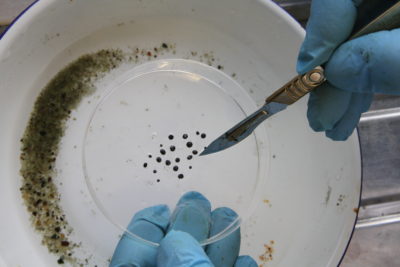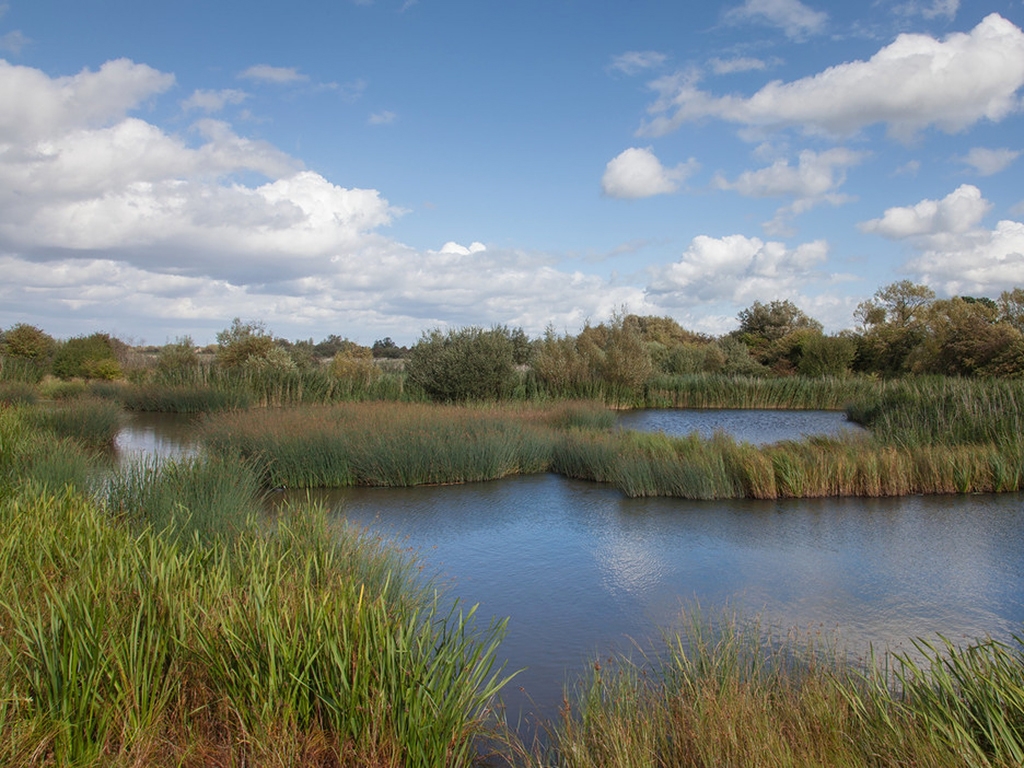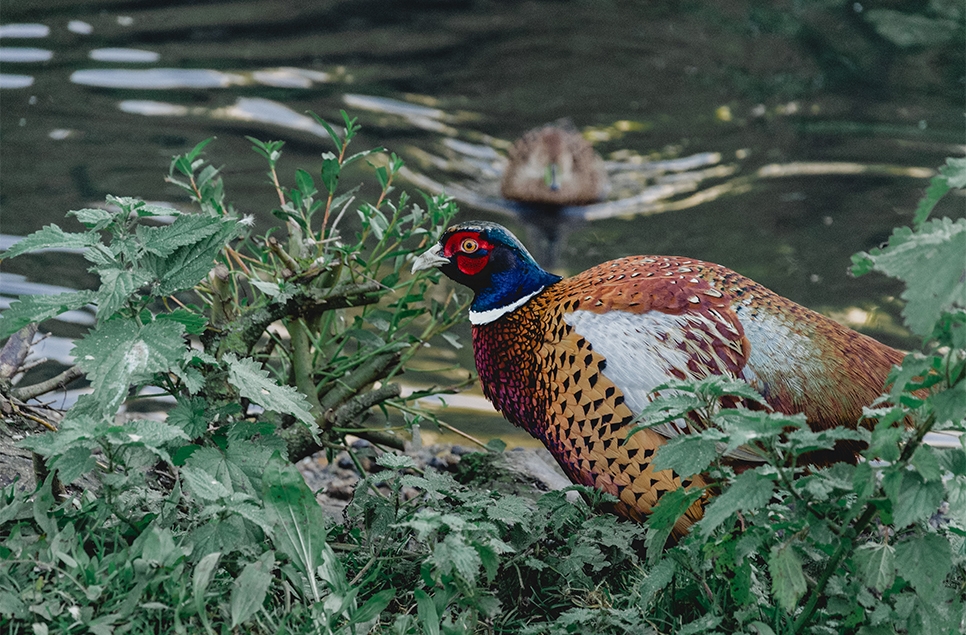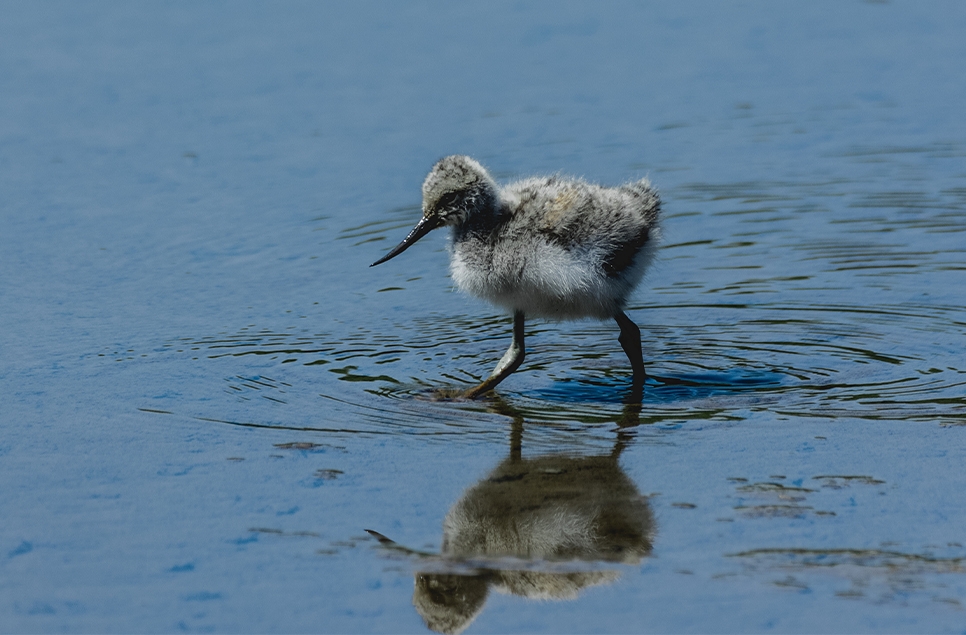WWT response to LAG update report
The extent and cost of wildlife being poisoned by spent lead ammunition is higher than previously thought, according to figures in a new report by an expert advisory panel.
Ducks, geese and swans are the main victims. They gobble up some of the 5,000 tonnes worth of tiny lead shot pellets discharged across the UK each year, mistaking them for grit which they use to grind food in their gizzards because they don’t have teeth.
The report also shows one route of lead exposure is more hazardous than previously thought. Around a quarter of quarry birds are shot at but survive and concern has now grown around how much lead they absorb from the embedded pellets left in their bodies.
Symptoms include disorientation, inability to digest food, and fewer and poorer eggs.
New estimates in the report suggest:
- Up to 400,000 wildfowl could be made sick by embedded lead pellets in the UK each year, on top of up to 300,000 already estimated to be affected by ingesting poisonous pellets.
- It’s already known that up to 100,000 of these wildfowl die. But for the first time the report suggests a financial cost for these deaths – being the equivalent market value of that number of captive-bred birds – which would be around £16m per year.

In the UK, the Government decided in 2016 to still allow lead ammunition in much of the country because, regardless of how many thousands of birds suffer or die, it wouldn’t take action unless entire species populations were affected. However the new report found:
Several new studies have examined population-level effects in birds. Population modelling and correlative studies suggest that lead poisoning may be affecting population growth rates and sizes in a number of species, including freshwater ducks in the UK and along their flyways, as well as Grey Partridge, Common Buzzards, and Red Kite in selected locations in Europe including the UK. Particular concern has been expressed about the possible impact of lead poisoning on the population of the globally threatened Common Pochard.
The new figures and observations are published by the UK’s Lead Ammunition Group (LAG) in a round-up of new research and publications since it submitted a government-commissioned report on the subject in 2015. It lists international initiatives which show that, outside the UK, there are strong international moves towards non-toxic ammunition including:
- A European Chemicals Agency proposal is at an advanced consultation stage, which aims to phase-out lead ammunition across all wetland habitats in the EC.
- The UN Convention on Migratory Species has passed a Resolution to phase out lead ammunition and established an international Lead Task Group.
- The UN’s Environment Programme passed a Resolution encouraging Member States to raise awareness of the negative impacts and risks of chemical pollutants including lead ammunition on wildlife.
- The International Union for the Conservation of Nature (IUCN) adopted a Resolution calling for all governments and organisations to work towards phasing out lead ammunition.
However these are all long-term international moves that will not see any government policy changes in the UK in the short-term. In the meantime voluntary responsibility lies with the shooting industry. Non-toxic alternatives to lead ammunition are already widely available.
WWT is one of the organisations which contributes to the LAG’s voluntary monitoring of developments since its government commission ended. Responding to the LAG’s update report, WWT’s Peter Morris (Head of Communications) said:
This report shows there is great global consensus and political momentum to stop poisoning wildlife. We’d love the UK to catch up with that international enthusiasm to clean up the countryside. It’s great to see segments of the shooting industry already embracing that ambition.
The challenge in this country is that lead ammunition was somehow side-tracked off into pro- and anti- shooting debates, with some on both sides mistaking its phasing-out as a potential thin end of a wedge for the sport. But switching to lead-free ammunition is actually a win-win – it results in healthier live wild birds and healthier game meat too.
For a fuller reaction, read our blog following the release of the LAG update report.
- The Executive Summary of the LAG Update Report to which WWT is responding and which contains the primary sources for the figures quoted.
- This press release is WWT’s response to the LAG’s update report. It is not a press release for the LAG (even though WWT has a representative on the LAG, we do not speak for them). You can contact the LAG directly via their online form for evidence submissions.


